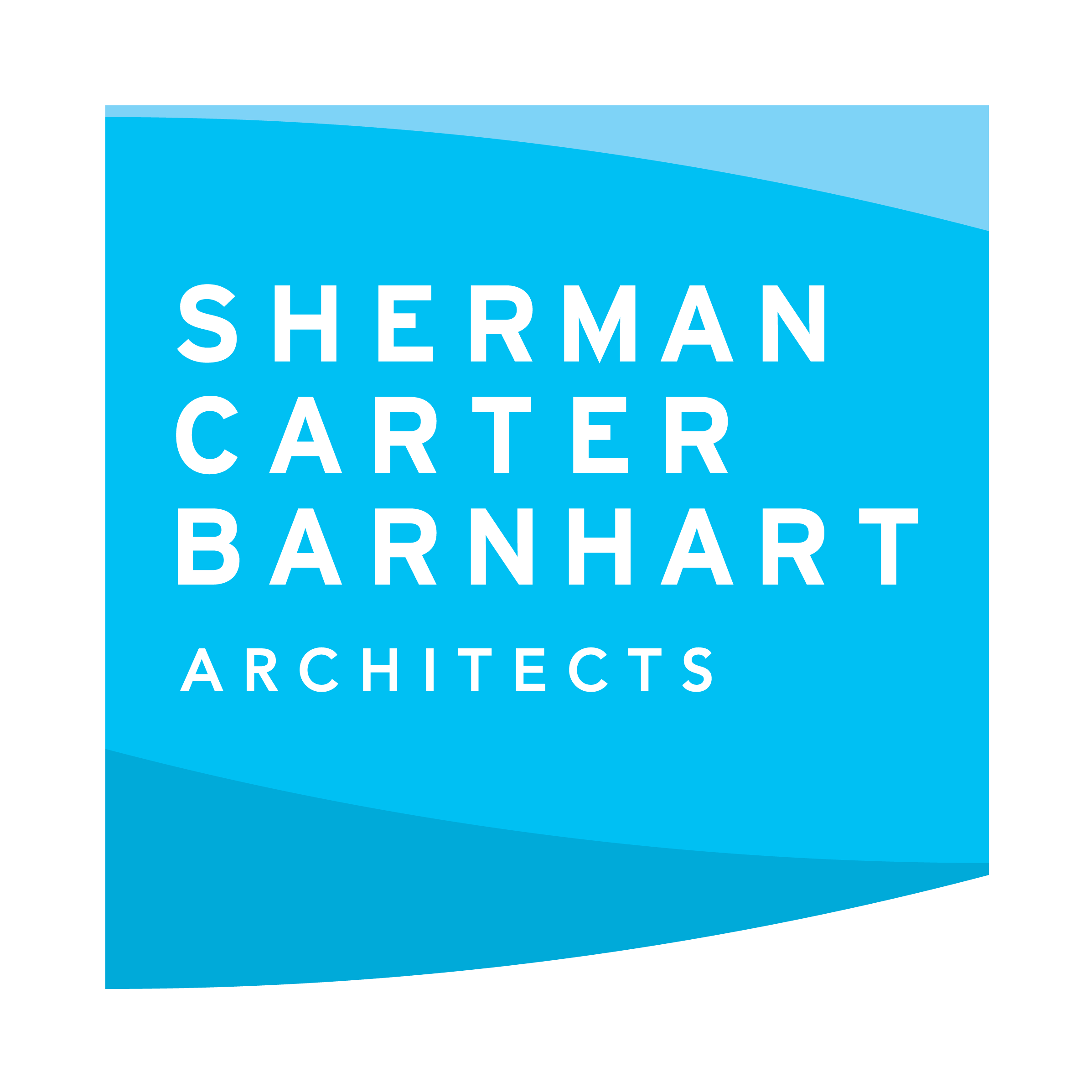In Hardin County Schools’ first week back, Xander Allen, Zarrius Hildabrand and other freshmen could be caught making and flying paper airplanes at the Early College and Career Center.
But the students weren’t passing notes or causing trouble. Instead, they were completing one of the first assignments in the district’s new Air and Space Academy.
Each student had to make two paper airplanes — one for distance and another for weight capacity – later to be measured by adding pennies onto each paper plane.
They had to determine the shape of the airplane necessary for each function once they learned the four forces of flight. The longest distance flown was 49 feet and the largest amount of pennies was about 70.
By the time those students graduate in four years, they will have the fundamental knowledge to build, maintain and fly an air or spacecraft.
The district has entered a partnership with the National Air and Space Education Institute in Louisville for the pathway’s curriculum. In its first year, 75 freshmen are enrolled — 51 males and 24 females. Students enroll as freshmen and build on the program each year. Joe Stuecker and Dan Corley teach the courses.
Currently, 51 NASEI Air and Space Academies exist, with 47 in Kentucky and the others in Tennessee and Indiana.
Students will study aeronautics technology, aerospace manufacturing technology, aerospace engineering, unmanned aerial systems technology.
In their freshman year, students will study history, careers, flight simulators, airfoils and parts of an aircraft wing and wind tunnels, among other topics. In their sophomore year, they go more in depth in safety and maintenance and students will begin studying for Federal Aviation Administration Groundschool certification. Space science also is taught throughout the program.
“Between their sophomore year and junior year, they’re able to go to a flight camp in Louisville at Bowman Field and students at that point will start working toward earning hours to get their pilot’s license,” Stuecker said. “So before they are able to go out and drive a car, we’re going to let them drive an airplane.”
In their junior year, students can concentrate on specific areas of aeronautics, depending on their career and interest preference.
“We talk about the different aspects of what it takes to work in aerospace,” Stuecker said. “If we’re talking about airplanes, we look at engineering, manufacturing, the flight and the maintenance of an aircraft. When we get on the space side, when they get further along, it’s the same thing. We look at the engineering, manufacturing, the flight and maintenance.”
Multiple industry certifications are embedded in the program that students can gain or build on, Stuecker said. Students also have opportunities for dual and articulated college credit.
EC3 also has partnered with the Elizabethtown Flying Service and Elizabethtown Regional Airport Addington Field Board. Students in the program will visit the airport for hands-on activities or demonstrations during class time.
Student and community interest is what started the Air and Space Academy initiative.
“I like to learn how to fly,” Allen said. “I want to learn what more there is to flying because there is a lot more than just you get in a plane and it takes off. It’s how it does it and how the plane and other things work.”
Allen said this will give him a good background if he decides to enter the U.S. Air Force.
For Hildabrand, the Air and Space Academy sounded fun because he wants to be a pilot.
“It’s a really good opportunity to have,” he said. “We’re the first class of freshmen to do this, so we’re like the trial run. It’s really cool. I mean, we have an airplane in our classroom so that’s really cool.”
A replica Nieuport 11 World War I French fighter plane sits inside the EC3 classroom in need of parts and repairs.
“The goal is for these guys to work on it for the next four years and when they graduate, it’ll be up and running and ready to go,” Stuecker said. “It’s an actual flight-worthy plane. Once it’s finished and gets inspected, an experienced pilot can fly it.”
The program teaches a variety of skills that can be used in other industries, Stuecker said.
“Even if they get in this and they decide this isn’t really what they want to do, they are getting exposed to so many different things that hopefully it’ll be easier for them to find something that they do like,” Stuecker said.
“When we get into the maintenance side and we start to do repairs on aircraft, maybe they’ll realize that they’re interested in automotive and because they’ve done maintenance here, maybe they can move on to something else.
“Or engineering. They might think, ‘Hey, I really like the electrical side, so let’s try electrical engineering.’ There’s lots of opportunities that are a part of this.”
